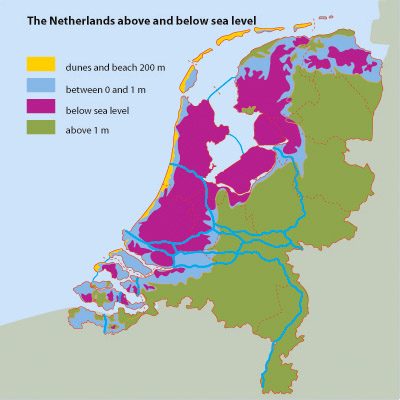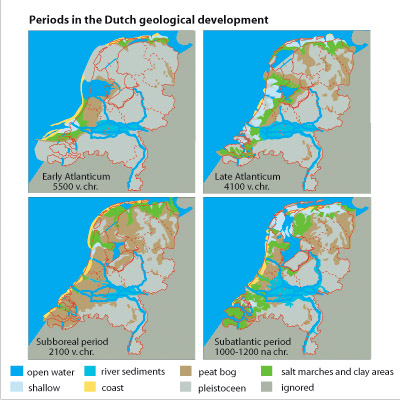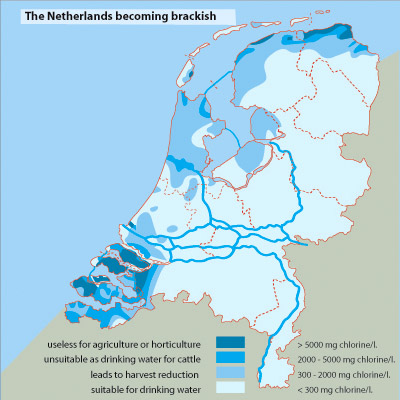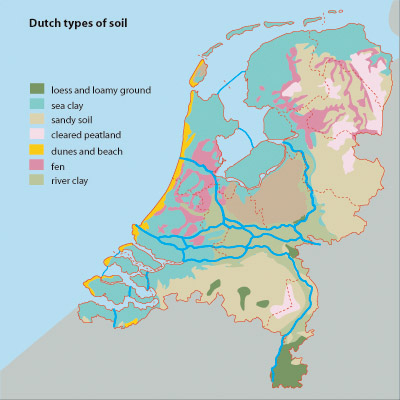
Potential flooding has always been a battle for the Netherlands. With much of its land below sea level, the Dutch have continuously tweaked their flood protection systems. Historically, an extensive system of dikes and dunes protected the lowest lying areas and massive pumping stations maintained low water levels. Yet, land loss and the resulting human devastation have historically been the result of both human and natural impacts. Reclaiming the land through drainage resulted in substantial sinking due to the compression of the fertile peat soil. The sunken land therefore required more protection, thus creating a vicious circle of protecting sinking land from further flooding.
The history of the Netherlands is thus marked by a series of floods that transformed the Dutch landscape.
St. Elizabeth Floods, 1404, 1421
Before the 1953 flood, experts had warned about the condition of the dikes:
1928 - Study revealed that dikes in West-Brabant did not meet safety requirements
1934 - Study revealed that all of the dikes in Dordrecht were too low
1906 - 1935 - 120 kilometers of dikes were raised by building concrete walls a few centimeters high on top of the dikes
1943 -With water levels extremely high, many dikes were topped. A study of the dikes revealed that that were seriously defective
WWII - With the outbreak of WWII, plans to improve the dikes were not carried out.
The Department of Waterways and Public Works wanted to focus attention on reclaiming land in the Zuyderzee for more agriculture, habitation, and economic growth.
During WWII, Zeeland suffered a large amount of damage. Dikes were bombed and land was flooded. Repairs lasted from 1945-46, and raising the dikes was again put on hold.
Study Service continued to emphasize the need to raise the dikes, but funding was not allocated
Farmers were increasingly affected by inundations of brackish water, which ruined crops.
Closing the Zuid-Sloe and Brielse-Maas to protect large areas of land from storm tides became more important than raising the dikes.
Since there had not been a substantial flood in years, attention was continually turned away from the condition of the dikes toward agriculture problems and repairing the damage caused by WWII.
The loss of crops and the food shortage following the war promoted reclamation of low lying land. It was possible to impolder and dike lower land to meet these needs.


